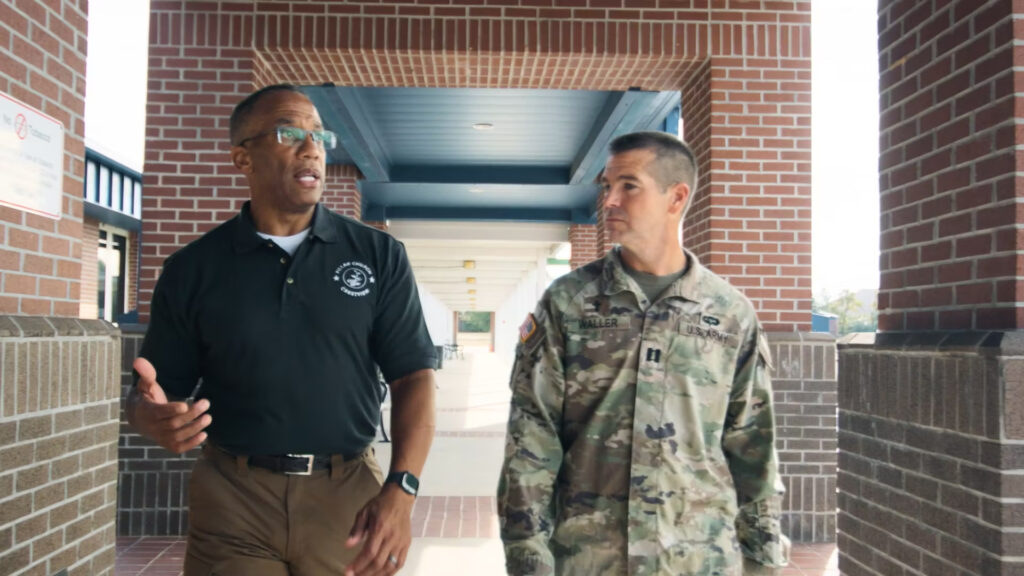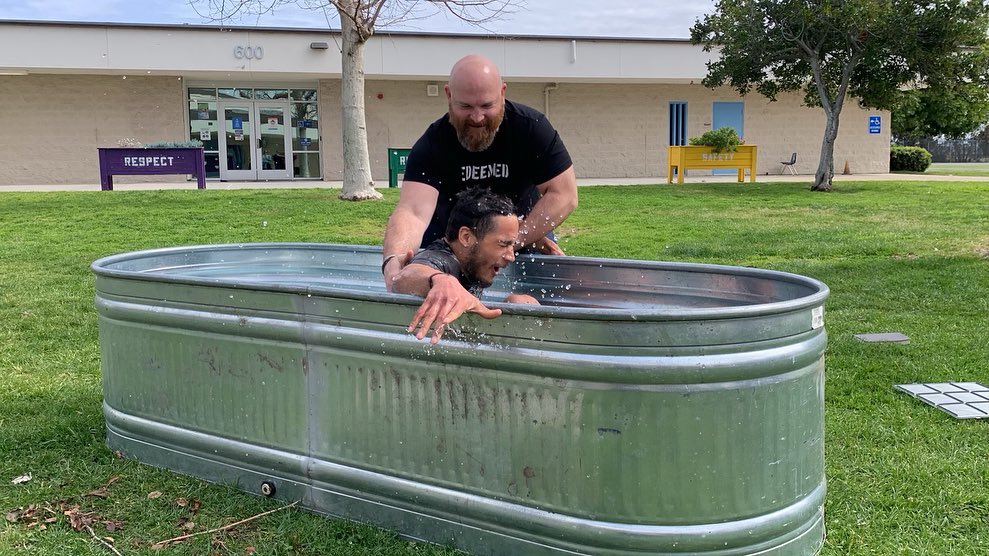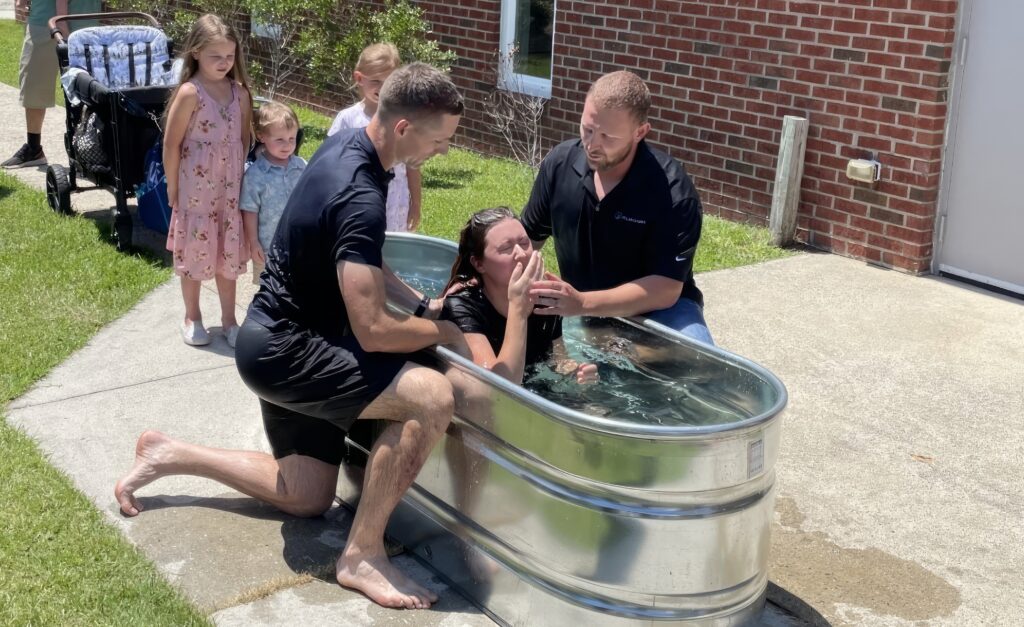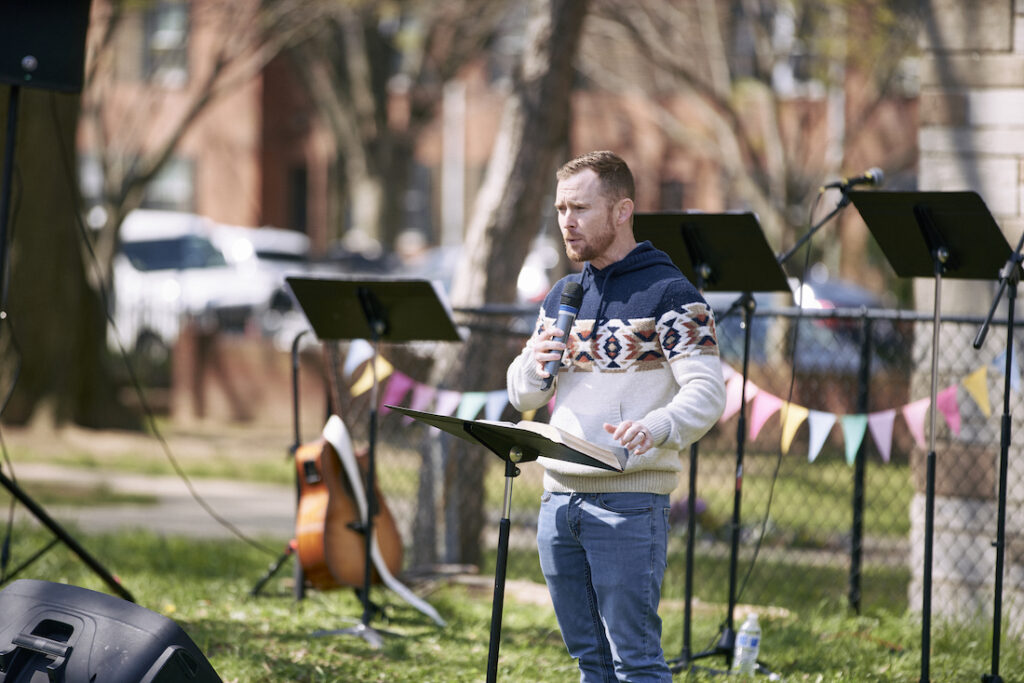There’s one more objection to becoming a Sending Church that we will tackle today. The first three — cost, loss of leaders, and hindering momentum — may be quickly brought up by many in the church. The last objection may often go unsaid, but you can be assured it affects the thoughts and response of many toward church planting.
“We’re too small”
Most church members subtly assume that church planting is something big churches do and, since the vast majority of the churches in the SBC are not large, the people believe that “Sending Church” describes someone other than them. There is certainly truth to the claim that larger churches can heavy-lift church planting endeavors in a different way than small churches: They can often build a send a team, fund the work of the plant, and walk alongside the planting team in the early years of planting.
But there also are strengths found in smaller churches being engaged in the work.
First, smaller churches will be forced to partner with other smaller churches to send a church plant. The fact they can’t do it alone will foster the type of collaborative engagement that may actually make the church plant stronger in the long run. Rather than one, single church praying, sending short-term mission teams, and funding the work, now the church plant will have a number of partners lending strength.
Second, smaller churches functioning as Sending Churches will necessitate that the planting team considers various models of missionary engagement in a community. Replicating a megachurch is difficult, even for the most strategic and effective planter. Yet smaller sending churches give freedom for the planters to not feel this level of pressure. They can discern contextual missionary strategies that leverage co-vocational models in order to establish the work. This may, in time, actually position the church plant for a more effective model of missiology and ecclesiology.
Third, discussion of church size often devolves into decisions regarding funding. While finances are certainly important, this is far from the only consideration in what a church can do to effectively serve as a Sending Church. What a planter needs, more than money, is mentorship, care, encouragement, and prayer. A smaller church may not be able to underwrite the entire plant, but that same church (and its pastor) can walk alongside the church and provide genuine partnership. Smaller churches also can help a planter broker relationships with other churches that might share the financial burden. In time, a small church that truly advocates for their planter can see God provide in ways that far exceed the perceived capacity of the church’s size.
The point of this blog series has not been to minimize the objections people have to planting. The ones we’ve considered are realistic and certainly need to be considered and answered. There likely are countless others that loom on the horizon should a pastor and church leaders press a local church toward engaging in the work of being a sending church. Be encouraged: This type of toil and labor is not in vain. God uses the consistent efforts of faithful pastors to press through objections and encourage people toward God’s missionary purposes. Continue to lean into this work and watch what God may do.
,
Published August 1, 2018




